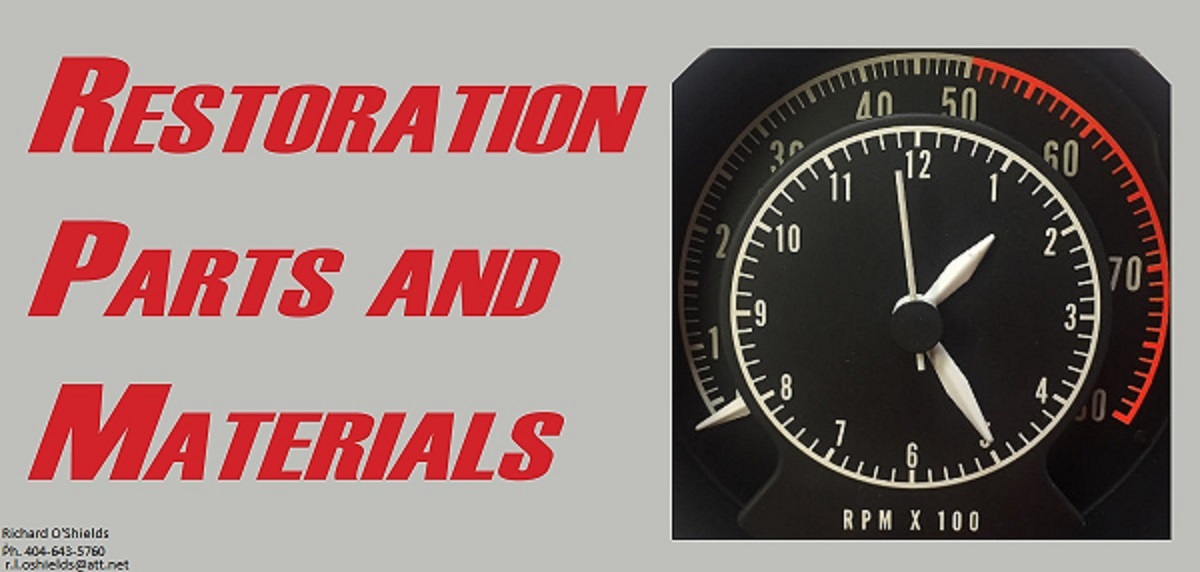rasmus westlin
Well-Known Member
- Joined
- Feb 10, 2019
- Messages
- 79
- Reaction score
- 8
Recently bought a -71 challenger with a 340.
Specs are
340” drilled 0.30
Eagle rods
Keith black pistons
Edelbrock torker 340 intake
Edelbrock rpm heads that are matchported.
Xtreme Energy 236/242 Hydraulic Roller Cam (COMPS CAM) grind number xr286hr-10
Mopar performance distributor with plugged vacum. 18 advanced timing with 34 total.
The carb on right now is a holley street avenger 670 with vacum secondary.
its also a 4-speed car with 3.55 gear in the rear.
I cant get the car to run nice on light throttle, it just bogs and hops when trying to run in ordinary trafic. I have read alot of people having problem with this carb. Should i take it of and buy a quick brawler 650 or 750 DP? (Holley made). The problem is on the primary side and i read that you need to drill or change the metering block to get it to work good.
Hope i can get some good tips and help! Thanks.


Specs are
340” drilled 0.30
Eagle rods
Keith black pistons
Edelbrock torker 340 intake
Edelbrock rpm heads that are matchported.
Xtreme Energy 236/242 Hydraulic Roller Cam (COMPS CAM) grind number xr286hr-10
Mopar performance distributor with plugged vacum. 18 advanced timing with 34 total.
The carb on right now is a holley street avenger 670 with vacum secondary.
its also a 4-speed car with 3.55 gear in the rear.
I cant get the car to run nice on light throttle, it just bogs and hops when trying to run in ordinary trafic. I have read alot of people having problem with this carb. Should i take it of and buy a quick brawler 650 or 750 DP? (Holley made). The problem is on the primary side and i read that you need to drill or change the metering block to get it to work good.
Hope i can get some good tips and help! Thanks.
Last edited:



















